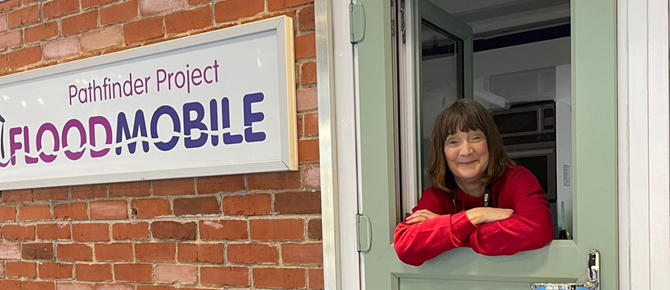 What's next for Personal Lines insurance?
What's next for Personal Lines insurance?
UK drivers may be clued up on double yellow lines, but they’re not quite so sure about when they should let people pass at a zebra crossing, according to new research.
At Ageas, we asked 2,000 UK drivers to answer questions on common road markings. While drivers knew enough about double yellow lines to protect their wallets from parking fines, one of the biggest points of confusion was around when motorists should let pedestrians cross on a zebra crossing.
Most (58%) thought you had to stop if it looked like a pedestrian was about to cross. However, the Highway Code rules are that you are only legally obliged to let a pedestrian cross if they have moved out onto the crossing.
Around a third (34%) got the answer correct, while 1% said they didn’t know. Alarmingly, 7% of people thought you were not legally obliged to let a pedestrian cross at all.
We wanted to commission the research, ahead of releasing our latest Road Crash Index and the 20th annual Road Safety Foundation report on the 17 September in partnership with the Road Safety Foundation.
Our quiz, which you can try for yourself here, tested drivers on common road markings, including everything from broken white lines to zebra crossings.
While the zebra crossing question had some stumped, it seems drivers’ knowledge of where you can and can’t park is good, with a question on double yellow lines receiving the highest percentage of correct answers (85%). Respondents also performed well on the rules around zig zag lines next to a pedestrian crossing.
Overall, the findings were largely positive, with the majority of people giving the right answer to most of the questions.
Our Ageas CEO, Ant Middle, said, “We were pleased to see that, on the whole, drivers’ knowledge of road markings was actually very good. While driver behaviour often grabs headlines when it comes to road safety, the importance of simple road markings shouldn’t be overlooked. They perform a vital role in keeping us safe.”
Each year, the Road Crash Index and annual Road Safety Foundation report looks at how the physical aspects of the road can affect its safety. The report highlights how investment in practical measures, like road markings, can reduce the crash risk. One example is the A404 in Amersham where improvements including improved road markings reduced the number of fatal and serious crashes from 12 to one in a five-year period. [i] This year’s report will highlight how the safety of Britain’s roads has changed over the last 20 years, where shovel-ready investment could make them safer and where road improvements have saved most lives over the last two decades.
Ant Middle also said, “As one of the UK’s largest car insurers, we understand the impact that road incidents can have on customers, their families and friends, other road users and public services and that’s why we continue to support the Road Safety Foundation’s call for continued road investment.”
To try Ageas’ road markings quiz visit www.ageas.co.uk/solved/road-safety/whats-that-line
[i] http://toolkit.irap.org/default.asp?page=casestudy&id=17




